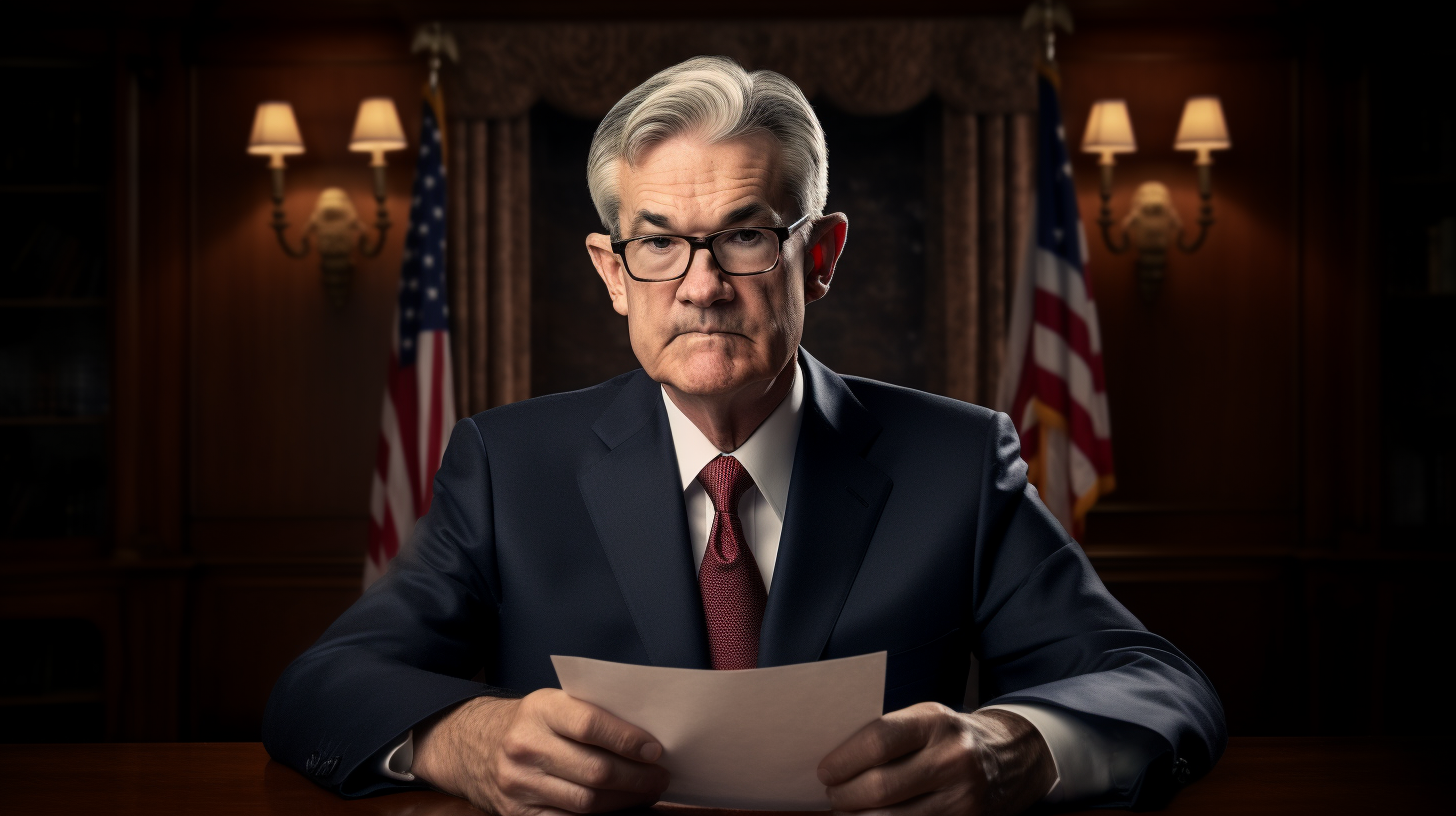The latest employment data shows the resilience of the US labor market, even as the Federal Reserve remains locked in an inflation battle. The number of job openings across the country was essentially unchanged in February at 8.76 million, according to the Job Openings and Labor Turnover Survey (JOLTS) released by the Labor Department.
While just a slight 0.1% uptick from January’s revised 8.75 million openings, the figure highlights how robust hiring demand remains from employers over a year into the Fed’s interest rate hiking campaign. Job vacancies have been sticky at extremely elevated levels, leaving Fed officials frustrated in their efforts to ease wage growth and inflationary pressures.
“The labor market continues to defy expectations of a meaningful cooling,” said Samantha Gunther, economist at Credence Economics. “With openings still so high, wage growth is likely to remain too strong for the Fed’s liking in the months ahead.”
The JOLTS data precedes this week’s highly anticipated March jobs report, which is forecast to show nonfarm payrolls increased by 230,000 positions. That would mark a fourth straight month of job gains over 200,000, underscoring the employment market’s enduring tightness.
There were some modest signs of a gradual loosening in labor conditions buried within February’s openings figures. Job vacancies fell in sectors like information, healthcare and retail trade. More notably, the overall level of layoffs jumped to 1.8 million, the highest since last April, led by a spike in the leisure and hospitality industry.
“While the bar remains high for calling a turn in the labor cycle, we’re seeing some initial hints of cracks starting to form,” said Ryan Bingham, lead labor economist at ADP. “Higher borrowing costs are clearly starting to bite for certain service-sector businesses.”
The report also showed rates of workers quitting their jobs to pursue other opportunities held steady at 2.2% in February, the lowest since the summer of 2020. The diminished quits rate could indicate employees are feeling less confident about switching roles in a more uncertain economic climate.
Another indicator pointing to some easing was the ratio of available workers to job openings, which slipped to 1.36 from 1.43 in January. While still a very tight ratio favoring employers over job seekers, it marked progress toward better balance after peaking above 2-to-1 last year.
For the Fed, the upshot is likely more patience in leaving interest rates elevated. Chair Jerome Powell reiterated last week that stronger labor market “gives” would be needed to bring down unacceptably high inflation back toward the 2% goal.
With payroll growth expected to remain solid and job openings still extremely elevated, it will take more time before productivity-enhancing labor slack emerges. The latest JOLTS figures suggest that process is underway, however gradual it may prove to be.












